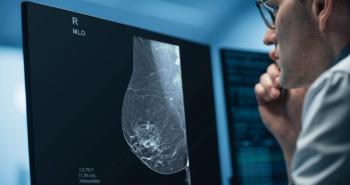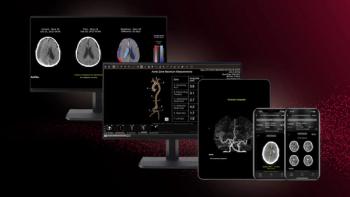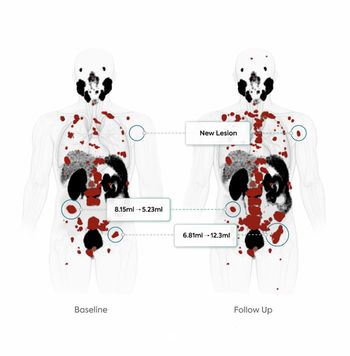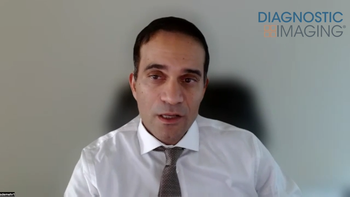
Philips prepares hybrid for digital mammography entry
Philips Medical Systems has been noticeably absent in digital mammography, at least in the U.S. This could change as early as the second half of 2008 if the FDA approves the computed radiography component of a novel mammography system in development at the Dutch company, a vendor of virtually every other advanced imaging technology.
Philips Medical Systems has been noticeably absent in digital mammography, at least in the U.S. This could change as early as the second half of 2008 if the FDA approves the computed radiography component of a novel mammography system in development at the Dutch company, a vendor of virtually every other advanced imaging technology.
What will make the system unique is not the CR or its flat-panel counterpart, which Philips plans to get through the FDA in the first half of 2009. The novelty for U.S. customers will come if and when Philips integrates the two into a single digital platform, the MammoDiagnost.
This hybrid, already being used clinically in Europe, offers unprecedented flexibility. If the two modalities pass FDA muster, U.S. sites will be able to purchase configurations with either or both modalities, an upgrade path to one or the other, and the ability, if CR is chosen, to extend the life cycle of film-based systems already installed.
The glue holding this platform together will be software that minimizes the differences between CR and DR images, improving readability and consistency in interpretations while streamlining workflow, according to Janka Tammen, Philips product manager for mammography.
“I wouldn't say that you wo't be able to tell the images apart, because one is CR and one is DR, but they will be very similar,” Tammen said. “There will be no readjusting in the mind when doing interpretations, because what you will get is essentially the same (image quality), no matter what the modality.”
Standing beside a mockup of the MammoDiagnost on display at the RSNA meeting, Tammen outlined how it will come together. The CR mammography reader and phosphor plates will come from Fuji, she said. The amorphous selenium flat panel will come from Anrad, a subsidiary of Analogic, which may soon be supplying Siemens Healthcare with flat-panel detectors for its full-field digital mammography systems. (Currently, the solid-state detectors in Siemens’ FFDM systems come from Hologic.) The software will be all Philips.
The company is already gaining clinical experience with the MammoDiagnost in Europe. Philips has not yet submitted a premarketing approval application to the FDA to market the system in the U.S., but it is getting close to doing so, Tammen said. The CR component will soon be submitted to the FDA as the first of two modules. The second, due for later submission, will address the flat-panel detector.
To ensure ease of use, the company will apply its Eleva interface, introduced a few years ago on its high-end DigitalDiagnost x-ray systems. Philips has since migrated the software throughout its general x-ray products. Staff familiar with Eleva will thus have a leg up on understanding the basic operation of the Philips MammoDiagnost right out of the box.
Tammen pointed out that having a familiar interface is a productivity issue, as it promotes workflow. The integration of CR and DR would help in the interpretation of both modalities, as Philips tunes the postprocessing algorithms to deliver images of comparable quality and appearance in a package designed for ease of use.
“We will be able to provide whatever the customer wants-DR, CR, or both,” Tammen said. “And with the same interface.”
Newsletter
Stay at the forefront of radiology with the Diagnostic Imaging newsletter, delivering the latest news, clinical insights, and imaging advancements for today’s radiologists.




























